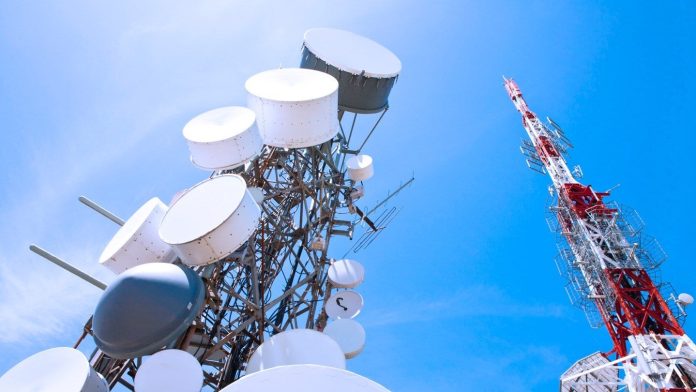
Businesses don’t wait around. If you want to connect to a new local service or upgrade an existing one, and you need fast Internet installation. But how long does it take to set up your Internet connection, and what are the steps involved? Depending on the option you select, it could take some time for your connection to reach full functionality.
Cable / DSL Internet
Existing telephone cables provide access to DSL broadband Internet. A DSL connection offers light-to-medium Internet speeds, averaging 10-25 Mbps. The ISP’s underground fiber-optic network enables businesses to obtain cable Internet service. A faster option than DSL, the cable offers better video conferencing capability, larger file uploads, and support for multiple devices.
DSL provides fast Internet connections because most buildings are wired for telephone service. Your computer can be connected to an existing telephone jack by obtaining service from your local ISP. Because cable Internet is delivered through the same copper cables as cable television, it is commonly available in most areas. It’s possible that there’s no cable connection in your building, depending on where you are.
Cable Internet connections from previous tenants are likely to be reused. Your computer network can be connected to the closest cable outlet by joining a local ISP. Unless your building is wired for cable, you’ll need to install cables to each outlet location in your building.
Fiber-Optic Internet
Over the next few years, more internet service providers will be able to offer fiber service to their customers as infrastructure is built out across the US. Data is transmitted over fiber-optic cables, which are cheaper, lighter, and less difficult to maintain than traditional cables, and they allow for information to move far and fast than ever before.
FTTP refers to fiber-to-the-premises connections between your ISP and your business building. Your indoor network terminal will then receive the signal.
Fiber to the node (FTTN) connections reach only nearby hubs if your ISP offers the service. Fiber optic cables, or traditional cable or DSL lines, may be required between the hub and your building, depending on the distance between the two.
Depending on when the ISP schedules your connection, the setup and connection process will be easier and faster if your company occupies a building with an existing fiber infrastructure. Within two to three weeks, you can begin using the service.
Fixed Wireless Internet
A fixed wireless installation is the fastest solution to your business’s need for fast Internet. Building a fiber or cable network is much slower than installing a fixed wireless network.
Your rooftop is secured with fixed wireless equipment, which is then tailored to reach the closest tower. Following that, an indoor unit (IDU) with a connection to your router is installed inside the building. You are now ready to do business after your fast Internet installation has been thoroughly tested.
It’s that simple. With bandwidth starting at 30 Mbps, you can scale to meet your needs immediately, not after a week or two. In addition, radio links transmit data securely and with extremely low latency, regardless of the weather or construction in your area. You can find more information at https://www.junotelecoms.co.uk/sip-trunks-why-you-need-them-in-voip/





